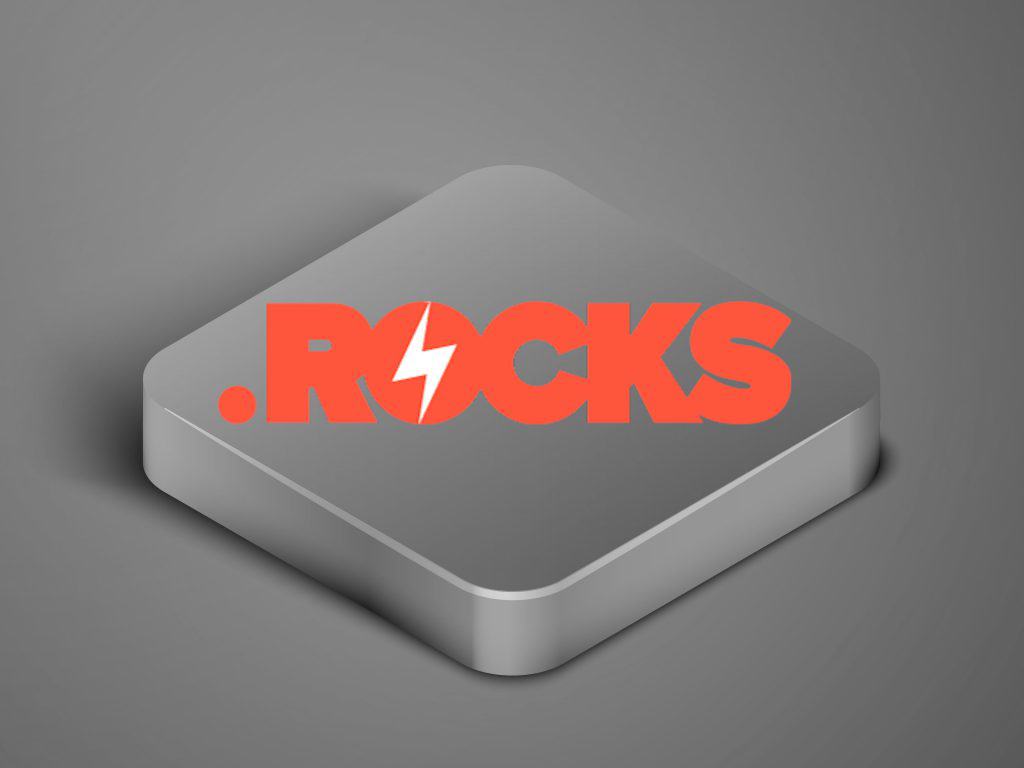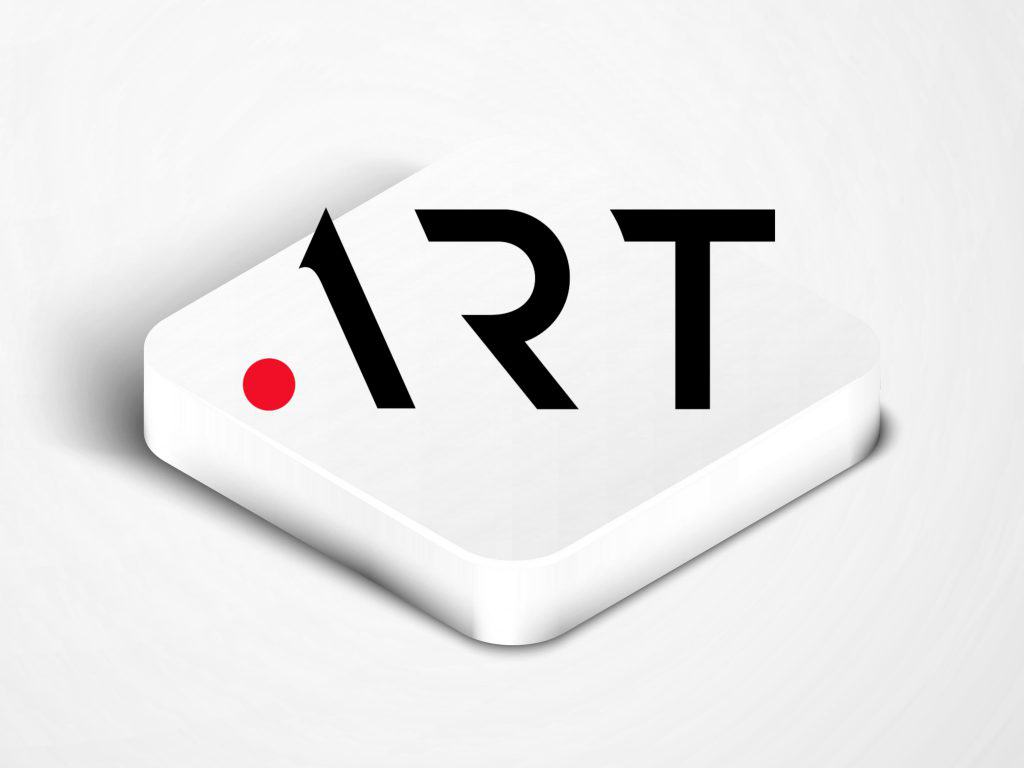What is .io?
- By Douglas Moore
- March 26, 2020

What Is This Cool, Popular Extension?
Internet trends are difficult to keep up with. There’s something new every day, and you can never be sure what’s a one-hit wonder, and what’s here to stay. The .io extension falls in the second category.
The .io extension became quite popular very quickly. It’s a favorite among start-ups, and it’s increasingly associated with software developers. In fact, in the tech industry, .io is now considered the domain abbreviation for input/output.
But was this the original meaning of the extension? Where did .io come from? Why is it so popular? Why are so many start-ups turning to it? And on that note, what are its benefits?
We’re here to answer these questions, one mystery at a time.
If you’re ready to register your .io domain now, start your domain search now.
What Does .io Mean?
The .io domain is a country code top-level domain (ccTLD) which was assigned to the British Indian Ocean Territory in 1997. So, in reality, its origin has nothing to do with the now-adapted input/output abbreviation. It’s simply a ccTLD – a domain which is normally used and reserved for a country, sovereign state, or a dependent territory which is identified with a country code. Generally in SEO, using a ccTLD gives search engines the message that your website is targeting a particular country or region.
But how does a ccTLD domain for such an obscure global region come to gain such online popularity? The answer lies in the fact that .io isn’t actually simply a ccTLD domain. Search engines do not, in fact, see it as simply a ccTLD. And this is where the story becomes fun.
Why Is .io So Popular?
The .io domain is popular among webmasters and search engines because it’s actually treated as a gTLD. Generic top-level domains, or gTLDs, are a category of top-level domains. Top-level domains are the very last level of a fully-qualified domain name, and include domains that use the popular extensions .com, .org, .info, .net, and so on.
So how come a ccTLD got to be treated as a gTLD? Well, Google’s ad targeting treats the .io domain as a gTLD because that’s how people treat the domain. Since users and webmasters see this domain as generic rather than region-oriented, that’s how Google is tuned to see it, too.
There are some other ccTLD domains that Google also treats as gTLDs. Some examples are .tv and .me. The .tv domain is the domain for Tuvalu, and .me is the domain for Montenegro. However, due to the global appeal of these domain extensions – like the case with .io – they all get treated like generic top-level domains (gTLDs).
What Are The Benefits of .io?
Let’s look at some of the benefits of the .io domain extension which make it such a popular choice among startups.
Here’s a quick overview of .io’s pros, before we get into the details of each point:
- .io domains have become recognizable for startups;
- Domain Hacks: .io provides the opportunity to get creative with your domain name;
- .io can help you keep your URL short;
- There’s lots of .io domain names available;
- Google’s ad targeting treats .io as a gTLD.
Now, let’s see what each of these benefits means.
1. .io Domains Have Become Recognizable for Startups
As soon as you see the .io domain extension, you assume that the website you’ve visited belongs to a startup.
And most of the time, you won’t be wrong.
As .io is somewhat of a novelty, and new, trendy things are often linked to startups, it was only a question of when startups will claim it. Spoiler: they didn’t waste much time. Tech and startup companies, especially those who offer entrepreneurial or technological services, are the majority of domain name owners to use this extension.

As we already mentioned, .io is now closely associated with its newly ascribed meaning – input/output. Most of the startups’ tech-savvy clients identify the domain extension as such, and are more drawn to companies that use it.
If you’re running a startup or a tech company, this domain extension can help put you on the map. Your target audience will quickly associate your domain to the exact type of service you provide. In this scenario, .io can really help you build brand awareness around your business and service.
2. Domain Hacks: .io Provides the Opportunity to Get Creative with Your Domain Name
The .io domain extension gives a lot of opportunity for domain hacks. Domain hacks are domain names that in full – including the extension – refer to a word, personal name, or phrase. Some examples of domain hacks are blo.gs, examp.le, dub.ai, canv.as, and del.icio.us. As you can see, each of these websites uses their extension, or extensions, to shorten the length of the URL address and include the extension into a word that is associated with the website name or purpose.
.io provides a lot of opportunity to get creative with your site URL address. Just think about how many words end with io. For instance, there are words such as portfolio, patio, barrio which could be turned into domains like portfol.io, pat.io, and barr.io, respectively.
An already-existing example of .io domain hacks is postach.io, a blog-making site. We, too, were disappointed to see the website has nothing to do with pistachios. So here’s an image to compensate:

3. .io Can Help You Keep Your URL Short
The length of an URL doesn’t play a role in search engine algorithms or ranking factors, but it can score you some points with your audience.
Perks of shorter domains is that they’re easier to read and type, are more memorable, and fit perfectly into business cards or brochures.
As .io is a two-character domain extension, it already has an edge in terms of domain length in comparison to .info, .com, or .net extensions, each of which contains 3-4 characters.
.io domains can therefore usually be made shorter and easier to type into the browser.
4. There’s Lots of .io Domain Names Available
As .io has only gained in popularity recently, there are still a lot of .io domain names ripe for the plucking. Or paying, that is.
In comparison to the huge number of websites that use the .com extension, the percentage of websites using .io is insignificant. Finding a .com domain will be a daunting task, and most likely the name you want will be taken. So you’ll have to compromise and compromise and compromise on your domain name, until it looks like a bad email address from the 90’s.
Conversely, it will be a lot easier to find a domain that’s smart, short, catchy, and memorable for your site by choosing to use the .io extension.
Remember how we said .io is treated like gTLD? Well, imagine your website having the perks of a .com website, but having an suitable and fun domain name! Google doesn’t prefer one gTLD over another, and new gTLDs are treated the same way as old gTLDs. So you won’t have worse rankings if you opt for an .io extension over a .com extension.
One downside, however, is that getting a domain with .io extension can get a bit pricey (but then again, .com domains are pricey as well!). Since there’s growing demand for .io, the owners of the .io domain are, uh, smart, in keeping the price high.
5. Google’s Ad Targeting Treats .io As a gTLD
We already talked about why Google’s ad targeting treats .io as a gTLD. Top-level domains are on the highest level of the internet’s Domain Name System hierarchy. Some ccTLDs are too catchy to be left to a geographical region – at least according to internet users. Such extensions are treated by webmasters and users as gTLDs, so Google does it too.
Extensions such as .tv and .me – although initially standing for country codes – are now treated as gTLDs. So when a person searches for something related to a certain .me domain website, it will pop up in the SERPs regardless of whether the person is actually located in Montenegro (which is what the .me domain initially referred to geographically). It gets treated like a .com website. So, a person conducting a Google search in Ohio, for instance, will get the same result in their search.
.io falls in the same category of domains that aren’t actually gTLDs but get treated as such. This means that if you use a .io domain, your website can pop up in a search anywhere in the world. Your domain will not be geographically limited; rather, it will be available internationally.
Possible Drawbacks of .io Domains
Alright, we’ve praised the .io domain extension enough. To give you a more objective picture of what’s going on, let’s look at some possible drawbacks of using .io domains.
If you don’t have time to read, here’s a quick overview:
1. Broader Audiences Are Still Not Familiar With .io
As the .io domain only recently became popular, people that aren’t associated with the tech/startup world may fail to recognize and trust the extension.
2. .io Extensions May Confuse Users
A lot of internet users are very used to the .com extension. This can lead to accidental mixups when users are trying to reach your website, by mistaking the domain extension as .com rather than .io.
1. Broader Audiences Are Still Not Familiar With .io
While .io is popular in the tech and startup communities, when it comes to broader audiences, it’s definitely not as recognizable as the .com domain extension.
.com domains are globally recognized and trusted. They’re considered dependable and show that the brand’s been around for a while and established itself. A .io domain suggests that a brand is, well, brand new.
To be fair, most of the target audience of .io websites is already familiar and in love with the domain extension. And the part of the key demographic that isn’t familiar with it yet will get there. Eventually.
2. .io Extensions May Confuse Users
Let’s say you have a unique and recognizable brand name that is well chosen and associates users with your product or service. For the sake of the example, let’s say that you sell natural incense products and your brand is called Violet. It’s pretty, easy to remember, and has associations with nice natural scents. You’ve gotten a .io domain, and it’s violet.io.
A potential client or website visitor opens their browser and wants to type in your URL, visit Violet, and buy one of your products. However, used as they are to .com domain extensions, they mistakenly type in violet.com rather than violet.io.
In general, the issue is that most people are too used to .com. As .com is widely popular and recognizable, users may get confused and add .com rather than .io do your domain name by accident.
This isn’t a very good reason to avoid getting an .io domain, though. Just make sure you keep constant brand awareness and domain name awareness along with it! Keep reminding your clients that your domain ends with .io!
Also, if you’re choosing a domain name for a tech or startup, this is a non-issue for you. Your target community already knows what you’re all about.
What’s the Verdict on .io?
.io domains are short, sweet, offer a lot of availability, are the new hip-thing in the startup community, and will definitely cost you less trouble and money than finding the best .com domain. We say – go for it!
Ready to get started? You can register a new .io domain with Domain Name Sanity today.
View Related Articles

All About The .rocks Top-Level Domain
The .rocks domain can be used for any type of website. You can take advantage of the colloquial meaning of rocks as a verb, as in mywebsite.rocks. You can also use its association with music, to create something like myband.rocks where myband would be the name of your band.

All About the .art Domain Extension
Are you one of the creative souls that make our life picturesque with their beautiful art? Well then, do we have a treat for you! We are talking about the .art domain, aimed at artists – and also at their art works. Is registering a .art domain for you, your business, or your artwork something that you should do? We’ll help you decide.

All About Domain Companies
The first step of creating a website is buying a domain name. This in itself is a daunting task – finding an available domain isn’t always easy. Plus, you have to come up with the best name to represent your brand. Of course, if you already have a business, coming up with a name is…